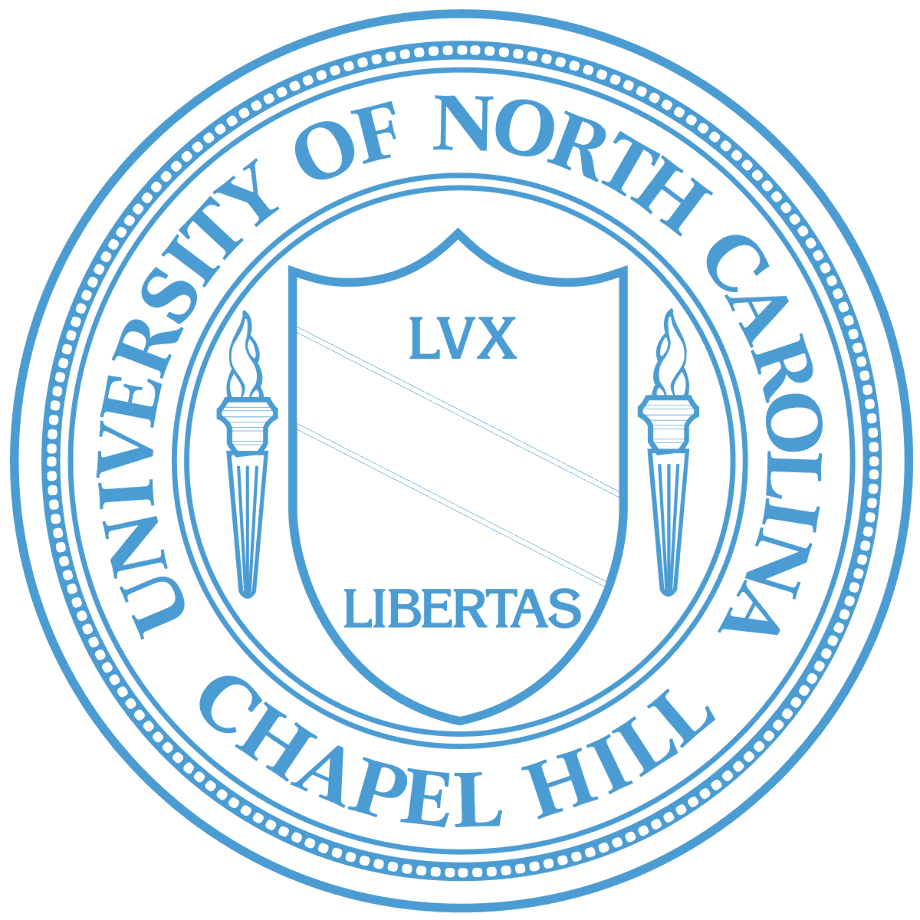
Timeframe: 2010 – 2011
Goal: Understand the developmental biology of fibrolamellar carcinoma
Principal Investigator: Lola Reid, PhD
Study overview: Based on extensive work that Dr. Lola Reid’s Laboratory had already performed on normal liver cells and other forms of liver cancer, the goal of the effort was to attempt to define the development biology stage and possibly the origin of fibrolamellar tumors. The work was done in collaboration with pathologists at Sloan Kettering, Columbia University, and Johns Hopkins. If successful the effort would lead to an understanding of where, in the liver developmental pathways, the tumor arose and possibly provide clues of current drugs approaches that might work against FLC.
Results: This study developed new information regarding the stem cell nature and growth requirements of FLC cells. Specifically, the effort:
- Defined conditions for survival and growth of a FLC tumor in vitro and in vivo. These living tumor cells from a FLC patient were hand delivered to the Reid laboratory and have since been successfully grown in different experimental conditions. These tumor lines were placed into immune deficient mice and early data indicated that transplantable tumors may be growing in the mice. If so, such mice would be very valuable to the liver research and pharmaceutical community since they would provide the first animal model in which potential drugs against FLC could be tested.
- Classified FLC tumors as falling into a category of liver cancers comprised of transformed stem cells (cancer stem cells), along with hepatoblastomas, intrahepatic cholangiocarcinomas, and extrahepatic cholangiocarcinomas.
- Complemented the team’s general understanding of liver biology as a system of stem cell-fed maturational lineages and regulated by systemic signals and epithelial-mesenchymal interactions. These themes are summarized in a review that the team published in Hepatology in January 2011 entitled “Human hepatic stem cell and maturational liver lineage biology” (click here to read publication) .
Implications: If correct, the definition of the developmental biology of fibrolamellar cancer cells could lead to an understanding of where, in the liver developmental pathways, the tumor arose and possibly provide clues of current drugs approaches that might work against FLC.

Subsequent work on the growth and culture of FLC cells led to the development of a the first stable, well characterized patient derived xenograft model of FLC. The seed funding of this grant was recognized in the October 2015 publication in Nature Communications of the article “Model of fibrolamellar hepatocellular carcinomas reveals striking enrichment in cancer stem cells” that described that PDX model.
Note: The resulting PDX model is currently being distributed by FCF free-of-charge to any researcher needing a model system for FLC-related studies.
This study was one of four “Freedom of Pursuit” unrestricted research awards to be distributed under the joint FCF/ICARE program active in 2010/2011.
